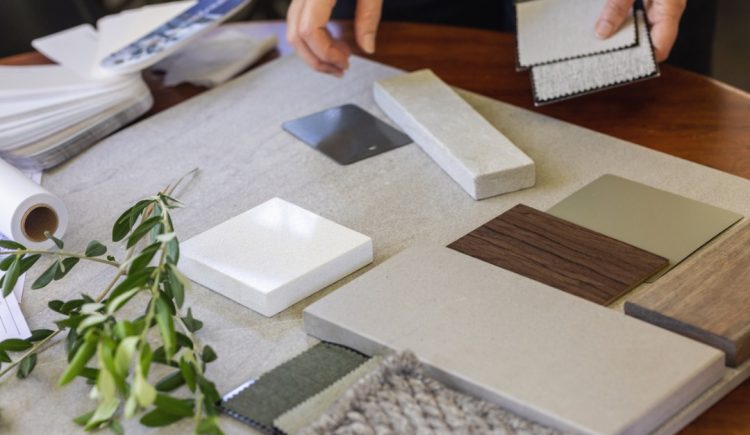When you hire an interior designer, there are tricks of the trade that will elevate your home and give it a designer look. However, by knowing some of these tricks, you can ensure you’re not making these mistakes in your own home. Read on for the most common interior design mistakes.
Not Measuring the Room
Buying furniture on a whim or because you like it can seem like a straightforward approach. However, measuring the space before committing to any furniture pieces is crucial. Furniture that isn’t correctly to scale can make a room feel off, not to mention, you may not be able to fit the pieces through the doorways. If you like to browse with the intention of possibly buying new pieces, keep the dimensions of your home on your phone, so you can always cross-reference it. Spend some time measuring the different spaces, so you can confidently purchase pieces you fall in love with.
Incorrectly Sized Rugs
A room with an incorrectly sized rug is one of the first things that will stand out to a designer. A correctly sized rug can transform a space and serve as the room’s main anchor. A room rarely needs a rug smaller than 8-by-10 feet or 9-by-12 feet. A rug in your living spaces should be large enough to fit at least the front two legs of your furniture pieces, if not all four legs. And, in the dining room, you should be able to push your chair all the way out, and still have all four legs on the rug.
Not Investing in the Prominent Pieces
Investing in the prominent pieces in a room will pay off. For example, it can be tempting to buy many smaller, less expensive accents, but the initial investment in larger pieces you will often use, such as the sofa, will pay off as it will stand up better to wear and tear. The same concept applies to art. Building your collection with several incredible pieces of art will have a more significant impact than a larger collection of smaller pieces that don’t have the same wow factor.
Pushing Up the Furniture Against the Walls
Pushing the furniture against the walls may feel like it’s the best way to maximize the space. However, floating the furniture in the center of the room makes the room feel more interesting and helps facilitate a better conversation area.
Selecting Beauty Over Function
An artfully designed room focuses on function first, complemented by aesthetics. Of course, the most essential part of any space is comfort, so the layout should flow most optimally, and the furniture should focus on comfort. Once those two aspects are in place, you can begin to layer in the aesthetic elements to make it feel beautiful.
Inconsistent Lighting
Lighting can significantly impact how a space feels. Instead of relying solely on overhead lighting, layering additional lighting such as chandeliers, ceiling lights and sconces can improve the room’s overall experience. Also, ensuring the lightbulbs are the same will create a cohesive look.









Thank you so much for writing this article! the Most Common Interior Design Mistakes.This is interesting point information.